North America : Market Leader in Bedding
North America is the largest market for bed sheets, accounting for approximately 40% of the global share. The growth is driven by rising disposable incomes, increasing consumer awareness about home decor, and a shift towards premium bedding products. Regulatory support for sustainable materials is also a catalyst for growth, encouraging manufacturers to innovate. The U.S. leads this market, followed by Canada, which holds around 15% of the market share.
The competitive landscape is characterized by key players such as Bedding Industries, WestPoint Home, and Sferra, which dominate the market with their diverse product offerings. The presence of major retailers like Target and Amazon further enhances market accessibility. The trend towards online shopping is reshaping consumer purchasing behavior, making it easier for brands to reach a wider audience. Overall, the North American market is poised for continued growth, driven by innovation and consumer demand.
Europe : Emerging Trends in Bedding
Europe is witnessing a significant shift towards sustainability in the bed sheet market, holding approximately 30% of the global share. The demand for eco-friendly materials and certifications is driving growth, particularly in countries like Germany and France, which are the largest markets in the region. Regulatory frameworks promoting sustainable practices are catalyzing this trend, with the EU's Green Deal encouraging manufacturers to adopt environmentally friendly processes.
Germany leads the European market, followed closely by France, with a combined market share of around 20%. The competitive landscape includes key players like Tranquillo and IKEA, which are focusing on sustainable product lines. The presence of e-commerce platforms is also growing, allowing consumers to access a wider range of products. As sustainability becomes a priority, European manufacturers are innovating to meet consumer expectations while adhering to regulatory standards.
Asia-Pacific : Rapid Growth in Emerging Markets
The Asia-Pacific region is rapidly emerging as a significant player in the bed sheet market, accounting for approximately 25% of the global share. The growth is driven by increasing urbanization, rising disposable incomes, and a growing middle class. Countries like China and India are leading this growth, with China holding the largest market share in the region at around 15%. The demand for affordable yet quality bedding products is a key driver in this market.
China and India dominate the competitive landscape, with numerous local manufacturers catering to diverse consumer needs. The presence of international brands is also increasing, as they seek to tap into the growing demand. E-commerce is transforming the retail landscape, making it easier for consumers to access a variety of products. As the market continues to expand, innovation and quality will be crucial for success in this dynamic region.
Middle East and Africa : Untapped Potential in Bedding
The Middle East and Africa (MEA) region is gradually emerging in the bed sheet market, currently holding about 5% of the global share. The growth is primarily driven by increasing urbanization, a rise in disposable incomes, and a growing interest in home decor. Countries like South Africa and the UAE are leading the market, with South Africa accounting for the largest share in the region. The demand for luxury and high-quality bedding products is on the rise, supported by a growing hospitality sector.
South Africa and the UAE are at the forefront of this market, with local and international brands competing for market share. The competitive landscape is characterized by a mix of established players and new entrants, focusing on quality and design. As the region continues to develop, the bed sheet market is expected to grow, driven by changing consumer preferences and increased spending on home furnishings.
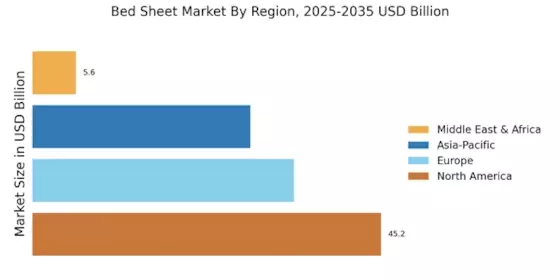


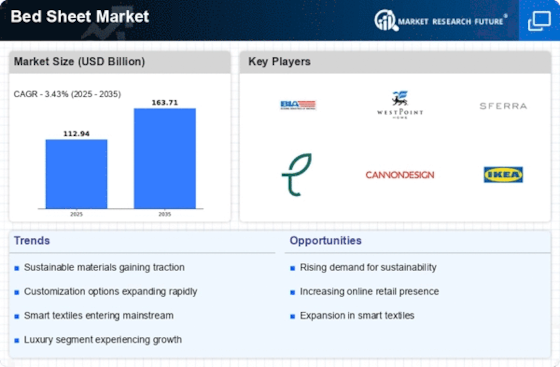


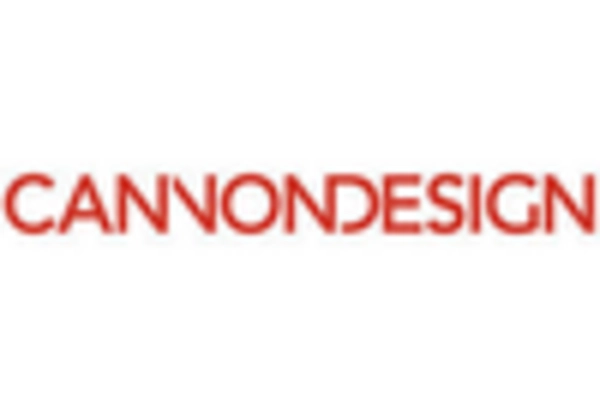
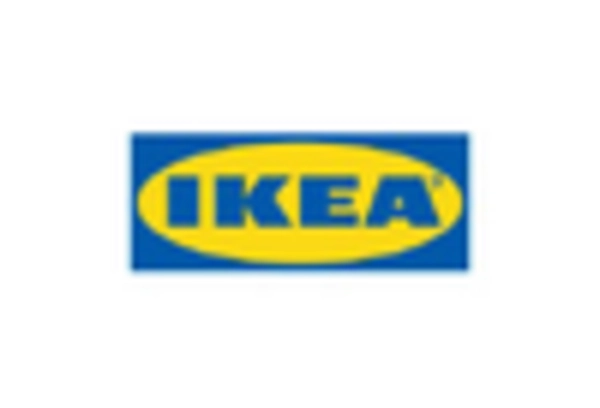

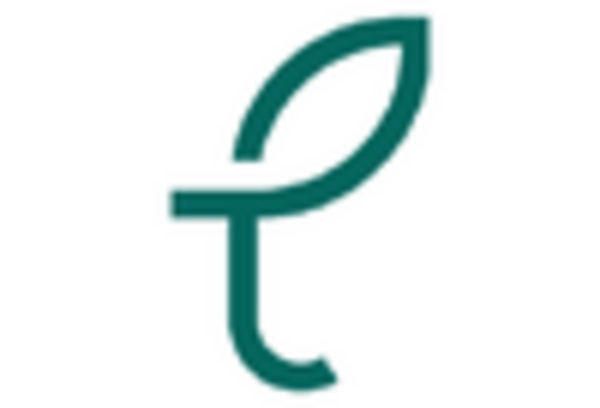









Leave a Comment